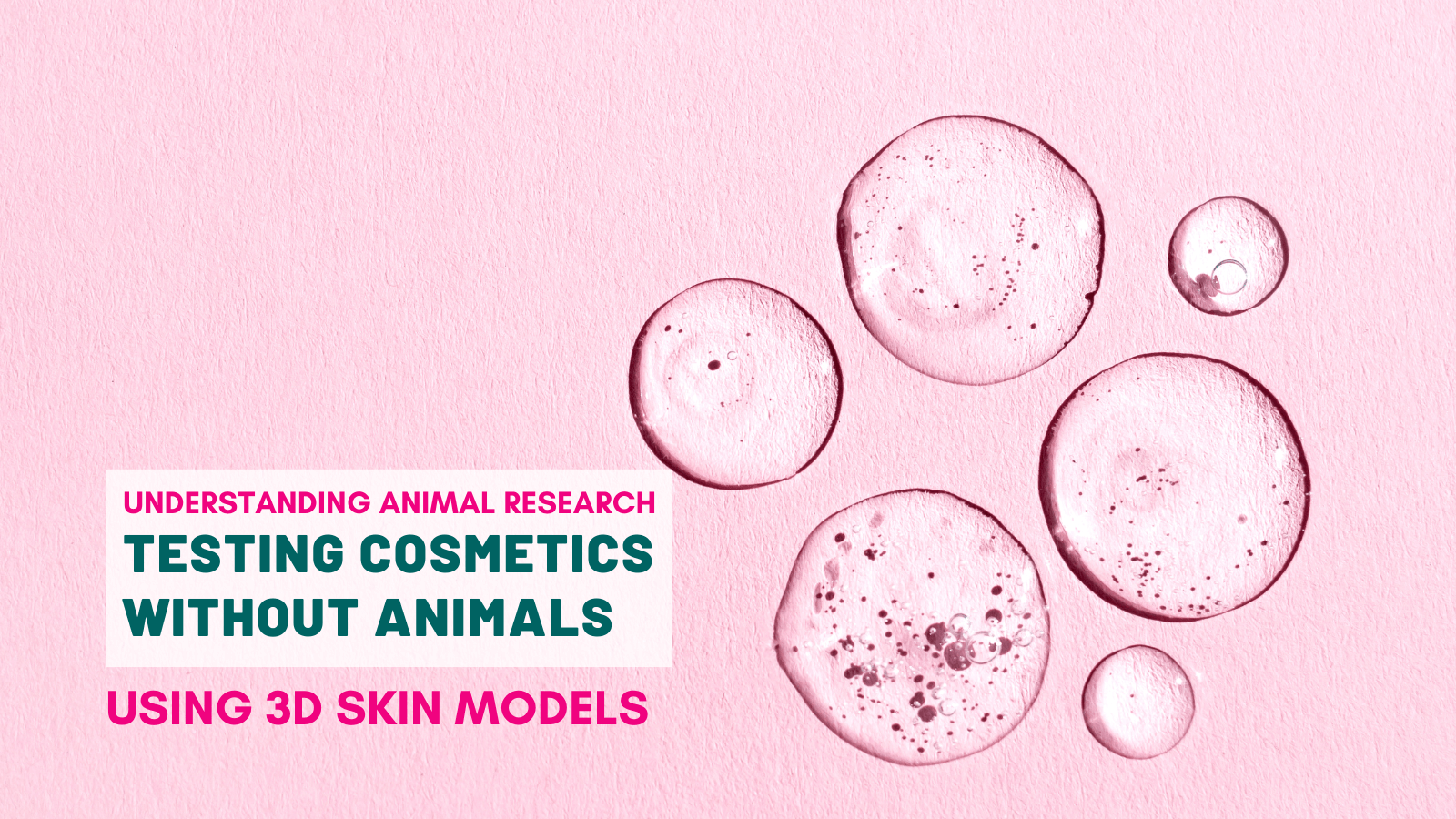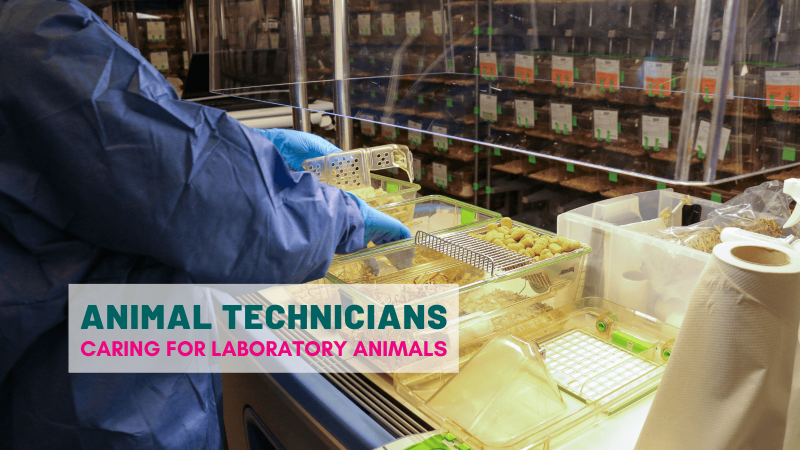
While animal models are often employed in many fields of biomedical research, devising ways to avoid using animals in research is essential. Under European and UK law and policies, scientists must consider alternative methods before using animals in scientific research.
A key area where this work is intensifying is in the development of artificial skin-tissue equivalents.
Using skin models instead of animal models
These skin constructs can be used in vitro, looking at how skin biology operates. They are excellent tools to examine aspects of epithelial function and to assist research into multiple skin diseases.
But another, significant growth area, is working with pharmaceutical companies to assess and test new products in skin healthcare. In fact, testing cosmetic products and their ingredients on animals was banned in the UK in 1998 and across the EU in 2013, following the development of reliable non-animal methods. Today, toxicology studies of cosmetic products only rely on in vitro studies, which include these artificial skin models.
A topically applied cream, for example, can be painted onto the surface of the skin model, and often the effects can be measured far more accurately compared to existing animal models.
"In many respects, animal skin is completely different from human skin, and you also get a lot of variation," Stefan Przyborski, Professor of Cell Technology at Durham University, points out. “By creating in the laboratory living tissue that can be used as an accurate, consistent and reproducible human skin model, 3-D bioengineered skin is a much better basis to work with than animal skin, with far greater relevance to humans – because there's no need to extrapolate from animal data to human realities.”
New technology for artificial 3D skin
Human skin is the largest organ of our body, and a very complex one. It isn't just the layer that keeps our innards inside and the rest of the world out. Skin is sensitive to touch and temperature, maintains an even temperature across the body and defends against harmful elements. Skin is layered into the epidermis, dermis and hypodermis, with each layer containing specialized cells, and quick to repair itself from cuts.
Artificial skin models, or "skin-equivalents" need to be structured like human skin. They need to act like human skin in terms of absorption, irritability, elasticity, strength, wound repair, and other factors. It's a very tall order.
Stefan Przyborski is also a co-founder and Chief Scientific Officer of Reprocell Europe, a biotech company that develops ways to culture cells in-vitro that more accurately mimic human tissue. He explains that most skin-equivalents are constructed using primary cells from donated spare surgical tissue, expanding them in a culture facility in the lab. From this point on, techniques diverge, but many systems focus on using collagen gel. However, collagen gel itself is usually animal based, which slightly defeats the purpose. Collagen gel also contracts over time in this context, creating other technical difficulties.
Combining Przyborski's background in physiology and anatomy and his interest in new technology, he and colleagues invented and developed a completely different technique. Alvetex is based on a porous polystyrene membrane that's just 200 microns thick. This membrane works like a scaffolding – preventing cells from flattening and growing them into three dimensional architectures that function in a far more life-like manner, as a model of human tissue.
"Maintaining the 3D structure of cells and tissues is a key challenge in cell culture. With Alvetex, we can construct some really very nice human skin models, which are consistent in structure, robust and reproducible – usable for many, many weeks," he explains.
Adding complexity and realism
“Growing cells in 2D is very different from 3D. The data and outcomes of the experiments are very different as well. 3D constructs are much more relevant,” adds Przyborski.
In conventional 2D cell culture, the structure of the cells changes as they grow, cells distort and flatten, forming a simple monolayer. Up to 50% of each cell may be in contact with the plastic and the medium they are grown on, which means that cell to cell contact and interactions are very limited. The 3D skin models are more accurate in terms of cellular shape, organisation, and interactions.
Przyborski's team has improved their skin models with greater complexity. They have, for example, added melanocytes to develop pigmented skin. They have even managed to introduce sensory neurons to build skin models that can develop and manifest sensation – like when a cosmetic cream may cause some people's skin to react with a light burning feeling. Adding immune cells into the model has helped mimic how the skin might respond to inflammatory stimuli.
Przyborski's constructs are used in commercial research by the Procter and Gamble consumer goods conglomerate, for product development and product promotion. Pharmaceutical companies are also expected to expand their work in this area as the technology improves. 3-D bioengineered human skin could also be useful for studying molecular mechanisms of normal tissue development – or modelling disease. Przyborski also says, features of disease conditions such as psoriasis or atopic dermatitis can be replicated – and senescent models could be built of aging skin.
Ultimately, could 3D skin models entirely eliminate the use of animals in skin research? "I think so, yes," Przyborski says. “For the skin, yes, absolutely. Technology is continuing to advance and in time there's no reason why that should not happen."
Read more about UK and EU regulations on animal testing for medical purposes on our Regulation page. Read more on animal testing for cosmetic purposes, and exceptions that fall under EU REACH legislation on our Cosmetic Testing page.
Last edited: 14 September 2023 15:45



